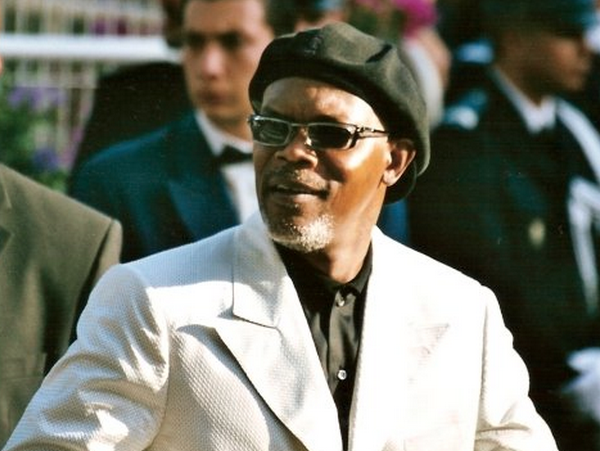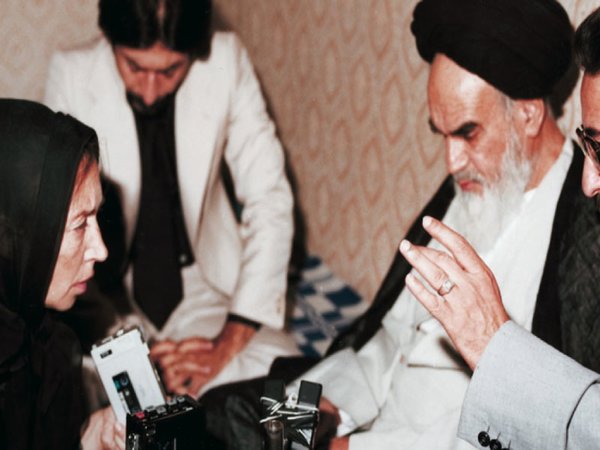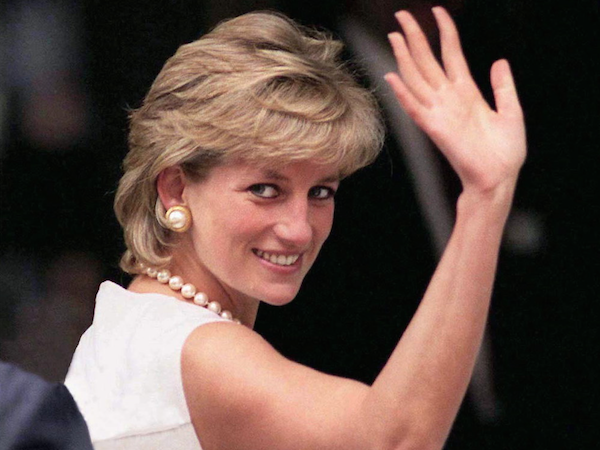Melbourne is often associated with three things: sport, shopping and the arts.
A big part of the reason Melburnians are well-loved for the arts centres around the unique contribution of our only open-source creative arts festival: the Melbourne Fringe.
The Fringe is one of the biggest alternative arts festivals in the world, playing host to hundreds of exciting and dynamic works. Many of these presentations push the boundaries of how art is made and shown, and allow a platform for up and coming creatives.
The festival’s creative producer Emily Sexton is at the vortex of this swirling world of arts talent. Here, she tells Susan Munro why it’s “time to shake off all that winter boring and get into the Fringe!”
SM: How did you get involved with the Melbourne Fringe?
ES: I was first involved in the Festival in 2007, choreographing and co-producing a large-scale performance installation in Kumquat Theatre’s Lulu vs Jack the Ripper. In April 2008 I joined the organisation as Creative Producer.
SM: What inspired you to become Creative Producer?
ES: This is the job of a lifetime; like all my colleagues, I have the privilege of standing in the middle of Melbourne’s extraordinary independent arts scene, and engaging with thousands of dedicated, intelligent, curious independent artists every year. It’s a unique position to be in, and we take the responsibility quite seriously (of course, we throw a bloody good party too!
SM: What do you think our Fringe festival says about us as a city?
ES: We are a city built on creativity and innovation, with the notions of independent practice and independent art at our very core. Laneway cafes, new fashion labels on Gertrude St, sunny afternoons at well-designed bars, great reads by important writers – all of these gorgeous Melbourne attributes represent a commitment to creative exploration, and to engaging with others in interesting ways, over and above the commercial intent. These same drivers characterise the 4500 artists who form the most essential part of the Melbourne Fringe Festival every year.
SM: How important is the fringe to the independent arts community?
ES: Vital. For so many reasons.
Melbourne Fringe Festival is an open-access Festival, which means that any person who feels their work should be seen in a Festival context, alongside other professional independent artists, is able to do so.
This model is increasingly rare. Across Australia there is an overwhelming trend towards festivals, programs and venues being curated.
Please don’t get me wrong: curated Festivals, exhibitions, programs – they are fascinating and often propel brilliant independent artists into the national spotlight. But with the increase in curation, we can also end up with a handful of individuals who determine what’s vital for contemporary culture.
That’s not right. Artists should determine what’s vital for contemporary culture.
SM: There’s an incredible array of work on offer. What would you say is the best way to experience the Fringe?
ES: Well, I’ve got a few tips:
- Always see more than one show. This is your best opportunity to find out what’s what in the state of Australia’s independent arts scene, and you’d be mad to not take advantage of it.
- Line up an evening of shows, and bounce between art forms. Go from theatre to contemporary dance to comedy to live art. It’s a highly invigorating way to view work. The Fringe Hub in North Melbourne, and all the independent venues, are perfect for this.
- Ensure you have a mixture of established artists and unknowns you’ve never heard from before. In 2008, Felicity Ward and Celia Pacquola both debuted their first shows in the Melbourne Fringe – these girls have gone on to become the “new wave” of Australian female comedians. Pick out some favourites but make sure you open the Guide at random and take a punt as well.
- A third of the 2009 Melbourne Fringe Festival is FREE – take advantage of this! Get on your bike and create your own gallery tour, or come share a drink with us and enjoy the free entertainment in the Fringe Club.
SM: Made by Melbourne Fringe is always full of free, quirky gems. Tell us about this year’s collection.
ES: One of our keynote projects this year, CIRCUIT, is an opportunity for eight of our independent galleries and artist run spaces to mutually share a very brave and complex new work by three exciting visual artists. This incredible interactive new media and sculptural work takes a digital portrait of you, incorporates this image into an intriguing wooden-carved sculpture, and then shoots this picture of you across Victoria.
TAKE OFF YOUR SKIN, or TOYS, is a viral dance performance that see Melbourne’s CBD beautifully and quietly infiltrated by 100 ‘clones’ of Japanese performance artist Yasuko Kurono. This is happening in the afternoon of Friday 2nd October, culminating in two mass clone implosions: at the State Library, and the Arts Centre.
Fringe Furniture is in its 24th year, themed a stunning SILVER this year and featuring over 80 designers. This year’s program features established artists like Chris Connel and Gordon Tait, as well as people hot on the scene like Ross Gardem and Yellow Diva. It’s a beautiful collection of work – complimented by our Alumni Retrospective, taking place at the Melbourne Museum.
SM: What can you expect from a night at the festival club?
ES: The unexpected!
Of course, everything in the Fringe Club is free and aside from the great entertainment, ultimately it is the space we dedicate to conversation, dialogue and analysis of the work presented in the Festival. It is an opportunity to meet new collaborators, and I really do think the conversations between new players that happen in this space kick off a whole new year of artistic activity in Melbourne.
SM: There’s an exciting new addition on the program this year. Tell me about the circus hub – how did it come about?
ES: The Circus Hub has been in our hearts and minds for a number of years, and we’re thrilled to be giving this burgeoning, blossoming sector a home for the first time. It’s a great opportunity for people to understand the new directions circus in Melbourne is taking – I think the artform is certainly at a point where new players are becoming very important, exploring darker territory and stretching the artform itself.
SM: The festival is constantly growing and evolving. What do you see in the Fringe’s future?
ES: We will continue to support the development of independent arts practice in Melbourne and around Australia, and will be focusing more acutely on engaging with regional Victoria in 2010. We will also be furthering investigations into live art practice, and exploring more closely how this relates to audiences.
Fringe’s future is like Melbourne’s – bold and adventurous, exacting its reputation for leading Australia’s cultural exploration. We’re in a pretty great place.
The Melbourne Fringe Festival runs from the 23rd of Septmember to the 11th of October.
Susan Munro is a first-year Bachelor of Media Studies student at La Trobe University. This is Susan’s first article for upstart.






